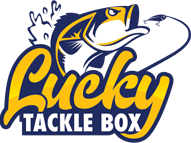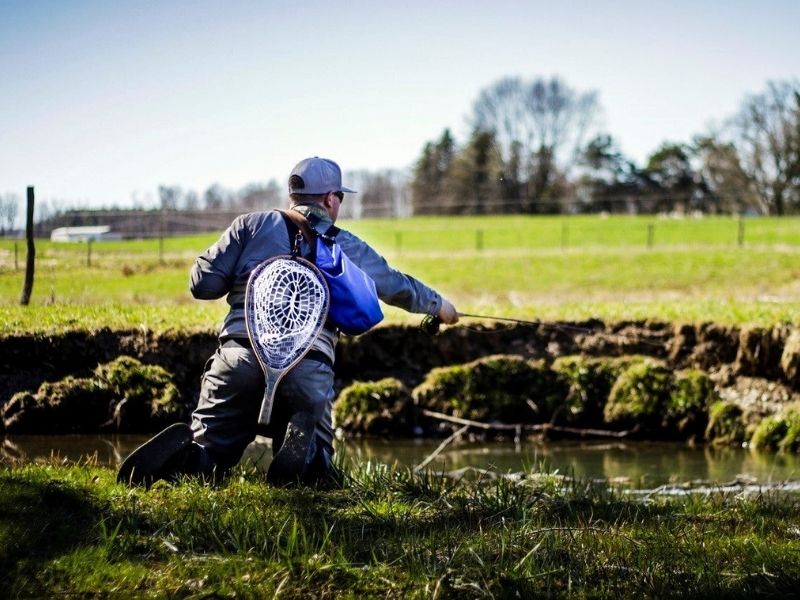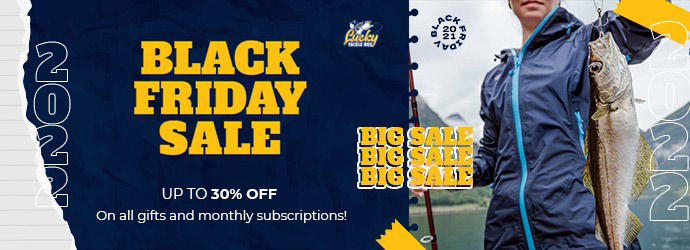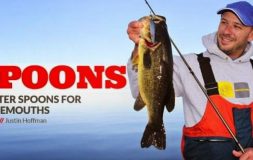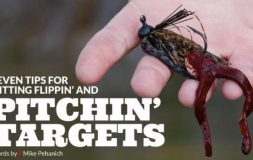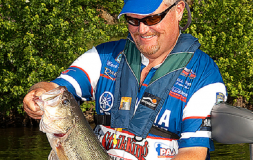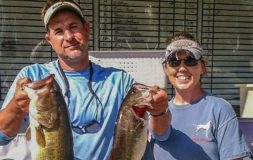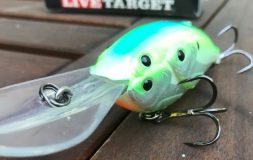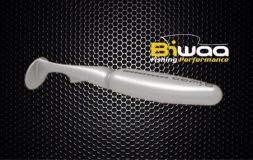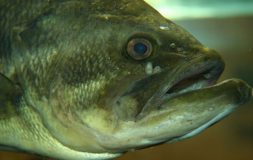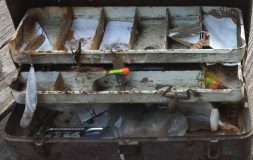Fly fishing 101 – part 1
Written by Colton Orbaker (Photo Credit: Nick Meyers)
So you’ve taken the plunge, and are now officially a member of the dark side. It is far less ominous than you probably assumed or were told by more enlightened anglers! This will hopefully serve as an introductory guide to how to get started from the ground up, and be ready to tackle the stream or still water in no time!
GEAR ISN’T EVERYTHING…
One of the most intimidating aspects that deters potential fly fishers from beginning their journey in the sport is its perceived expense. Magazine covers tout anglers adorning the most expensive gear, and flashy gadgets that all appear (and are often written as) fly fishing essentials that every angler must have. This however, is untrue.
There is very little gear required to begin fly fishing, and the majority can be found at an inexpensive price. Depending on where you live, and what species is primarily targeted, you may find great gear second-hand, or used at fly shops, or online. There are even companies that specialize in economically friendly gear that will get the job done. The most important thing I always suggest, is that you try your hand at fly fishing with someone who knows a thing (or two) and see whether you enjoy the hunt and pursuit of fish in an often more technically challenging manner. This will help you determine the level of investment you are willing to make, both in time and money.
I always recommend a “softer” or “deeper” flex fly rod to new anglers. This is often referred to as a mid-flex, or full-flex fly rod. The advantages to these rods are often in casting. By using a softer fly rod when learning, you often feel the rod load better and this aids in developing timing and feel during your cast. In addition, because your casts are rarely over thirty or forty feet as a novice angler, the softer rod will more delicately deliver flies if casted correctly.
How does one choose a rod with all the choices available? Fly fishing is similar to conventional spin or bait casting in that the rod is not chosen based on the fish you intend to catch, but rather, the “baits”, “lures”, or flies you intend to cast and manipulate. This means that often, a heavier fly rod will be chosen over a lighter rod because the angler wishes to cast bigger, bulkier flies rather than because he or she intends to target bigger fish. These size increments are given in line weights such as a 3 weight, 5 weight, and 7 weight.
Aside from a fly rod, a reel is paired with the rod to balance out the outfit. For most small species of freshwater fish, a reel is merely a device that holds your fly line and backing. However, for larger species, a reel with a steady and consistent drag is crucial. If you intend to target species like trout, bass, panfish, walleye, or perch, then an inexpensive reel will perform no problem, but for steelhead, muskie, drum, salmon, or saltwater species, plan on researching reels with smooth drag systems that will cost a bit more.
A fly line is the largest differentiator that separates the spin and baitcasting crowds from the fly fishers. In spin casting and baitcasting, the rod casts the weight of the lure. However, in fly fishing, the line is casted by the rod, not the fly. Flies are often nearly weightless, and the fly line is the weighted piece of kit in the setup.
Fly lines are labeled in a variety of ways and it is often overwhelming to choose one over the other. Some typical ways to differentiate lines is taper, and weight. For example, a line that says WF7 will be a weight forward 7 weight line. This means the taper is designed to throw line a little farther, and is one sided. In addition, the line is weighted accordingly for a 7 weight rod and reel. A DT5 line will be a double taper 5 weight line. This means the line is weighted for a 5 weight rod, and the taper is mirrored in the line. It will cast similarly from both ends. Each line taper has its advantages and disadvantages but a WF or DT line will often suit new anglers well.
There is only one additional thing needed to begin fly fishing apart from a rod, reel, and line. Flies are an essential part of fly fishing, and will vary worldwide. Matching the hatch is the process of imitating the forage foods your target species prefer, and will change according to your location, timing, and species. Flies are often insect or baitfish imitations made from feathers, fur, or synthetic imitations to resemble natural foods. These flies are typically lightweight and require great skill and technique to tie accurately.
The process of choosing a fly is as technical as you wish to make it. I tend to tell beginning anglers to break it down into three categories; size, shape, and shade. Find a fly that is the approximate shape of the forage food imitated. Then narrow your selection down to the flies that are about the same size as the naturals you wish to imitate. Lastly, select the fly with the closest shade or color to the naturals.This is one of the simplest ways to find a suitable fly for a given situation.
Now that we have the essential gear needed, you are nearly ready to get on the water. In the next article, we will discuss getting out there and getting your first fish on the fly! Hopefully this was informative, and broke any stereotypes associated with fly fishing gear. Keeping the gear simple, will allow you to focus better on presentation and reading the water to find fish, Any extra gear acquired later, will only assist yo if you have well developed fundamentals!
Tight lines!
